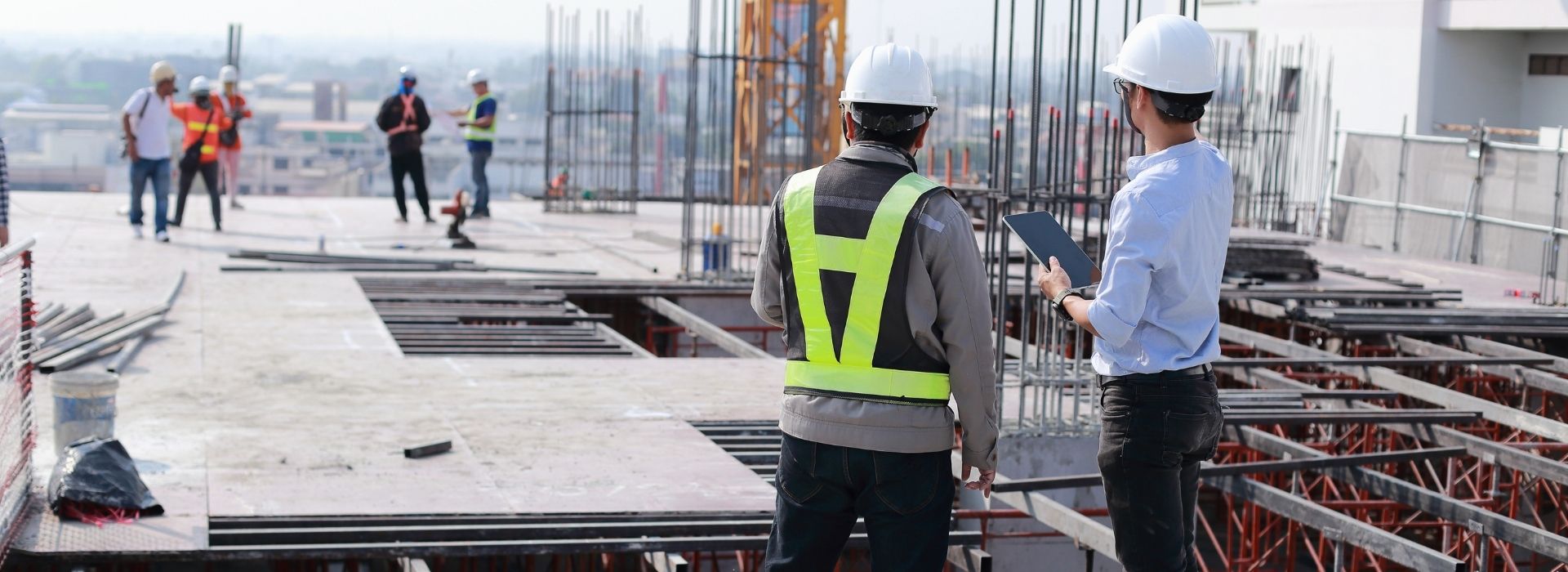Commercial building construction involves the design, renovation, and building of structures, facilitated by developers and government entities. Developers and contractors compete for contracts through detailed proposal bids, emphasizing accurate plans for project success. Factors like size, budget, and scope determine costs, with value engineering optimizing plans. A recent increase in spending on commercial construction highlights a growing demand for maintaining commercial spaces. Obtaining a construction permit is a crucial step in this real estate investment, ensuring investors plan and execute projects successfully. This guide is essential for first-time builders and investors navigating the complexities of commercial construction.
What is Commercial Building Construction?
Commercial building construction involves creating structures for commercial purposes, such as offices, retail stores, and warehouses. This intricate process requires collaboration among professionals like architects, engineers, and contractors. The initial phase includes detailed planning, considering client needs, site specifics, and regulations. Once the project plan is ready, the construction team works on erecting the structure, demanding seamless coordination and substantial resources. Adhering to safety standards and building codes, the team ensures the project’s success. Upon completion, these spaces cater to businesses’ operational needs, contributing significantly to the community’s economic landscape.
Commercial Construction vs. Residential Construction

Commercial building construction and residential construction, both falling under private construction, differ in scale, financing, site size, and equipment needs. Commercial projects are larger, financed through private investment and loans, and require more extensive sites with specialized equipment. In contrast, residential projects are smaller, funded through private investment and mortgages, with more compact sites, and generally don’t involve specialized equipment. These distinctions highlight the unique characteristics that set commercial and residential construction apart within the realm of private construction.
Types of Commercial Building Construction
In commercial building construction, there are six essential classes based on materials and their percentages in the structure. This classification aims to assess fire risk and potential damage. The classes are:
Class 1 Construction – Framed
Class 2 Construction – Masonry with Wood Joists
Class 3 Construction – Noncombustible
Class 4 Construction – Noncombustible Masonry
Class 5 Construction – Fire-Resistant Modification
Class 6 Construction – Fire-Resistant
Investors, whether building small or large commercial structures, must be aware of these classes to budget effectively for their construction needs.
How to Complete a Commercial Building Construction Project?
Successful commercial building construction involves a step-by-step process. Here are 5 key steps for constructing a commercial property:
Step 1: The Development and Planning Phase
During this initial phase, project stakeholders engage in programming and feasibility studies to outline the project’s objectives. A Project Inception Document (PID) is crafted to determine building size, space requirements, and room specifications. As this groundwork unfolds, stakeholders also conduct thorough risk assessments, identifying potential challenges and opportunities to fortify the project’s resilience. The schematic design follows, providing a visual representation of the project’s elements. The final step involves creating contract documents for collaboration, ensuring that the established vision is not only visually compelling but also supported by a comprehensive risk mitigation strategy.
Step 2: The Pre-Construction Phase
Once the contractor is selected through the bidding process, the newly formed project team, comprising roles such as project manager, contract administrator, field engineer, superintendent, and health and safety manager, collaboratively embarks on the project’s execution phase. This dynamic team conducts a meticulous site inspection, not only addressing environmental concerns such as soil testing but also implementing proactive measures to ensure compliance with safety standards and regulations.
Step 3: The Procurement Phase
This phase focuses on ordering, purchasing, or renting materials, tools, and services. Clear communication is paramount to prevent misunderstandings, shipping delays, or receiving incorrect products. Effective communication ensures that expectations are defined, and potential issues are addressed promptly. Proper communication during procurement mitigates the risk of overspending, double-buying, or purchasing unnecessary items.
Step 4: The Construction Phase
Efforts from previous planning stages culminate in the construction phase. The construction manager and contractor oversee quality control inspections, Requests for Information (RFIs), and technical submittals. Mismanagement of scheduling is a common challenge during this phase, often leading to delays and budget overruns. Effective communication and proper planning are crucial to avoid obstacles such as missing data, design modifications, and delays.
Step 5: The Post-Construction Phase
Post-construction involves project closure, including deactivating assets, returning equipment rentals, and site cleanup. A post-project review aids in detecting incomplete tasks and analyzing challenges for future improvement. Efficient management during this phase is essential to avoid costly delays. Clear documentation is crucial, and utilizing software for document management ensures success in this final stage.



